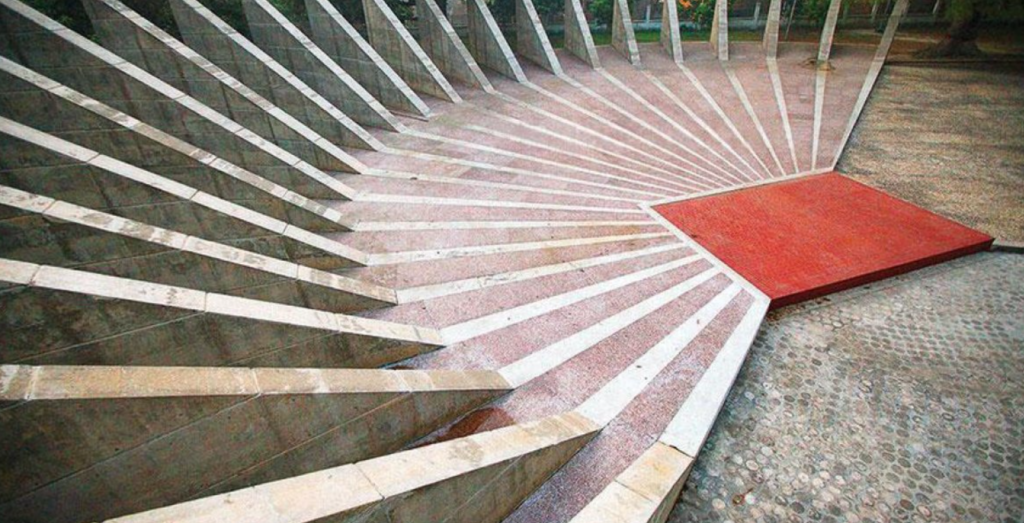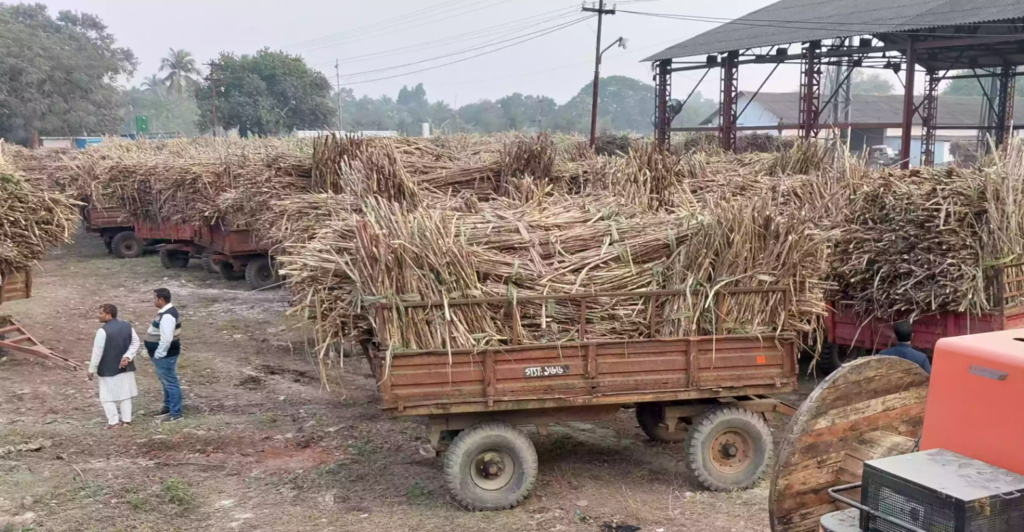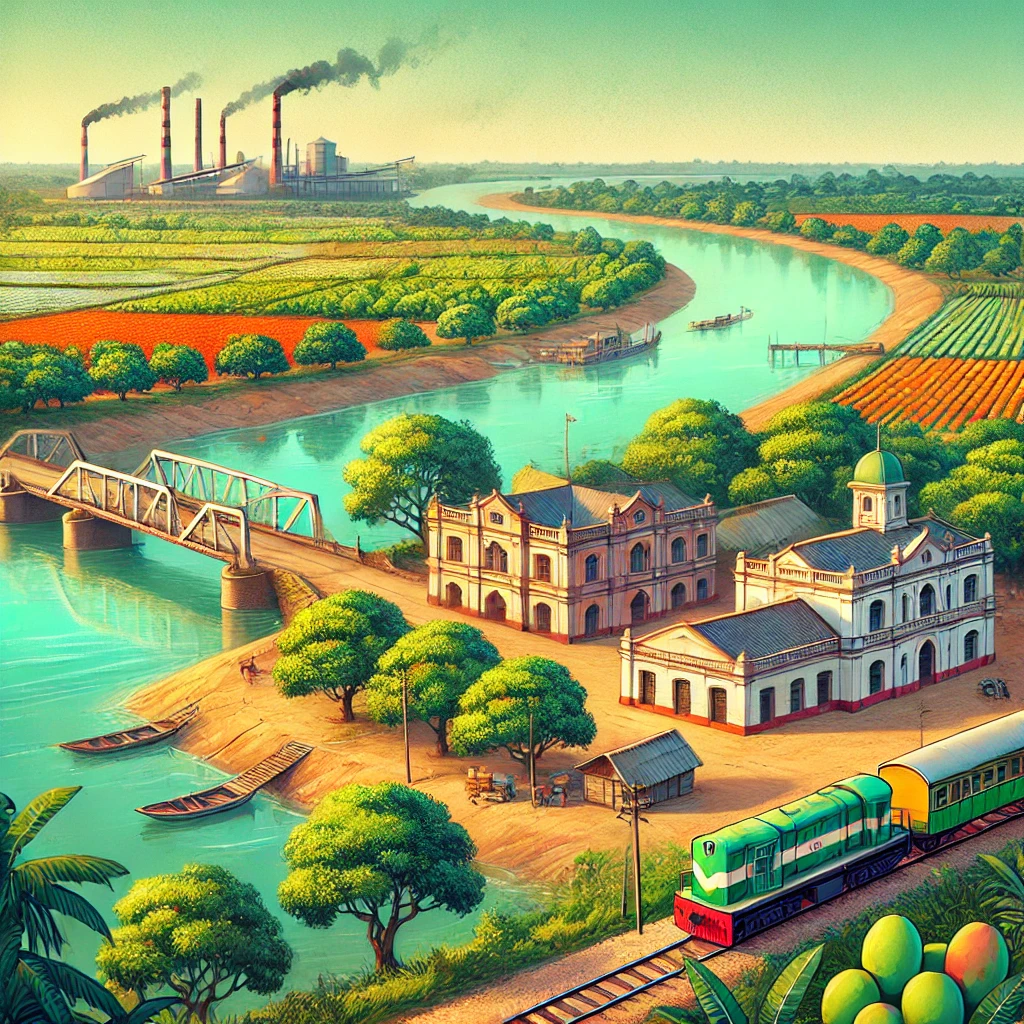Chuadanga, a quaint yet historically significant district in the southwest of Bangladesh, offers a unique mix of heritage, culture, and natural beauty. Known as the “Gateway to the Southwest,” this district is steeped in history and boasts an agricultural heartland that showcases the essence of rural Bangladesh. From its role in the Liberation War to its serene landscapes, Chuadanga invites travelers and history enthusiasts alike to explore its charms.
Historical Significance
Chuadanga holds a pivotal place in Bangladesh’s history, particularly during the Liberation War of 1971. The region witnessed some of the earliest battles, and its people were instrumental in the struggle for independence. Darshana, a town within Chuadanga, saw the establishment of the first provisional government of Bangladesh. This makes it a symbolic location for the country’s freedom.
Beyond the Liberation War, Chuadanga’s history dates back to the Mughal and British periods. It was a key region for trade and agriculture, contributing significantly to the economy of Bengal.
Geographical Features
Chuadanga is bordered by Meherpur, Kushtia, and Jhenaidah districts, with the Indian state of West Bengal lying to its west. The district covers an area of approximately 1,174 square kilometers. Rivers like the Mathabhanga, Bhairab, and Kumar crisscross the region, nourishing its fertile lands and supporting agriculture.
The district’s landscape is predominantly flat, dotted with mango orchards, rice fields, and sugarcane plantations. Its rural charm is enhanced by the small villages scattered across the district, where life moves at a peaceful pace.
Administrative Divisions
Chuadanga is divided into four upazilas , each with its own unique characteristics:
- Chuadanga Sadar: The administrative and cultural hub, offering urban conveniences alongside historical landmarks.
- Alamdanga: Known for its agricultural activities and traditional festivals.
- Damurhuda: Famous for its vibrant markets and serene rural landscapes.
- Jibannagar: Renowned for its greenery and small-scale industries.
Cultural and Natural Attractions
1. Darshana Railway Station
One of the oldest railway stations in Bangladesh, Darshana Railway Station is a historical landmark that played a vital role during the colonial period. Today, it serves as a bustling transit hub and a reminder of Chuadanga’s connection to the broader subcontinent.
2. Mathabhanga River
The Mathabhanga River, a distributary of the Ganges, flows through Chuadanga, creating picturesque scenery. Its banks are popular spots for fishing, picnics, and enjoying the tranquil beauty of nature.
3. Mujibnagar Memorial Complex

Although located just outside Chuadanga, this site in Meherpur holds immense significance for the district due to its historical relevance during the Liberation War. The complex is a must-visit for anyone interested in Bangladesh’s history.
4. Mango Orchards
Chuadanga is famous for its mangoes, especially during the summer season. Visiting the lush mango orchards offers a unique experience, with opportunities to taste freshly harvested fruits.
5. Sugar Mill in Darshana

The Darshana Sugar Mill, one of the oldest in Bangladesh, is a vital economic landmark. A visit to the mill provides insights into the sugar production process and its importance to the region’s economy.
Economic Overview
Agriculture forms the backbone of Chuadanga’s economy. The fertile lands produce rice, jute, sugarcane, and various fruits, including mangoes and bananas. The district is also known for dairy farming and poultry industries, which contribute significantly to the livelihoods of its people.
The Darshana Sugar Mill stands as a symbol of Chuadanga’s industrial capabilities. It not only supports the local economy but also underscores the district’s potential for industrial growth.
Cultural Heritage and Traditions
Chuadanga’s cultural scene is deeply rooted in the traditions of Bengal. Folk music, particularly Baul songs, resonates throughout the region. Baul festivals are frequently held, celebrating the spiritual and philosophical aspects of this unique musical tradition.
Religious harmony is a hallmark of Chuadanga, where festivals like Eid, Durga Puja, and Saraswati Puja are celebrated with equal enthusiasm. The Bengali New Year (Pohela Boishakh) is marked with fairs, traditional dances, and music.
Famous Personalities from Chuadanga
Chuadanga has been the birthplace of several notable individuals who have contributed to the nation’s progress:
- Golam Dastagir Gazi: A freedom fighter and politician who played a key role in the Liberation War.
- Dr. Quazi Deen Mohammad: A renowned academic and physician.
- Professor Muhammad Qudrat-i-Khuda: A scientist and educational reformer whose work has left a lasting impact on Bangladesh.
Transportation and Connectivity
Chuadanga is well-connected to other parts of Bangladesh:
- By Road: Regular bus services link Chuadanga with Dhaka, Khulna, and Jessore. The district’s roads are well-maintained, ensuring smooth travel.
- By Rail: Darshana Railway Station is a key rail hub, connecting Chuadanga to major cities.
- By Air: The nearest airport is in Jessore, approximately 60 kilometers away, offering domestic flights to Dhaka and beyond.
Future Potential
Chuadanga has immense potential for growth, particularly in agriculture, trade, and tourism. Its strategic location near the Indian border positions it as a vital area for cross-border trade. With infrastructural improvements and government initiatives, the district is poised to achieve significant economic and social development.
Conclusion
Chuadanga, with its blend of history, culture, and natural beauty, is a district that deserves recognition. From the tranquil banks of the Mathabhanga River to the historical significance of Darshana, it offers a unique perspective on rural Bangladesh. Whether you’re a history buff, a nature enthusiast, or simply seeking a peaceful retreat, Chuadanga has something special to offer.
Embrace the charm of this hidden gem and discover why it’s often called the “Gateway to the Southwest.”




